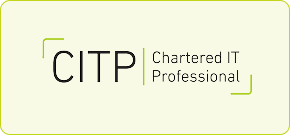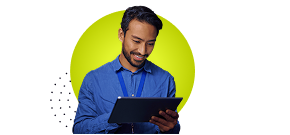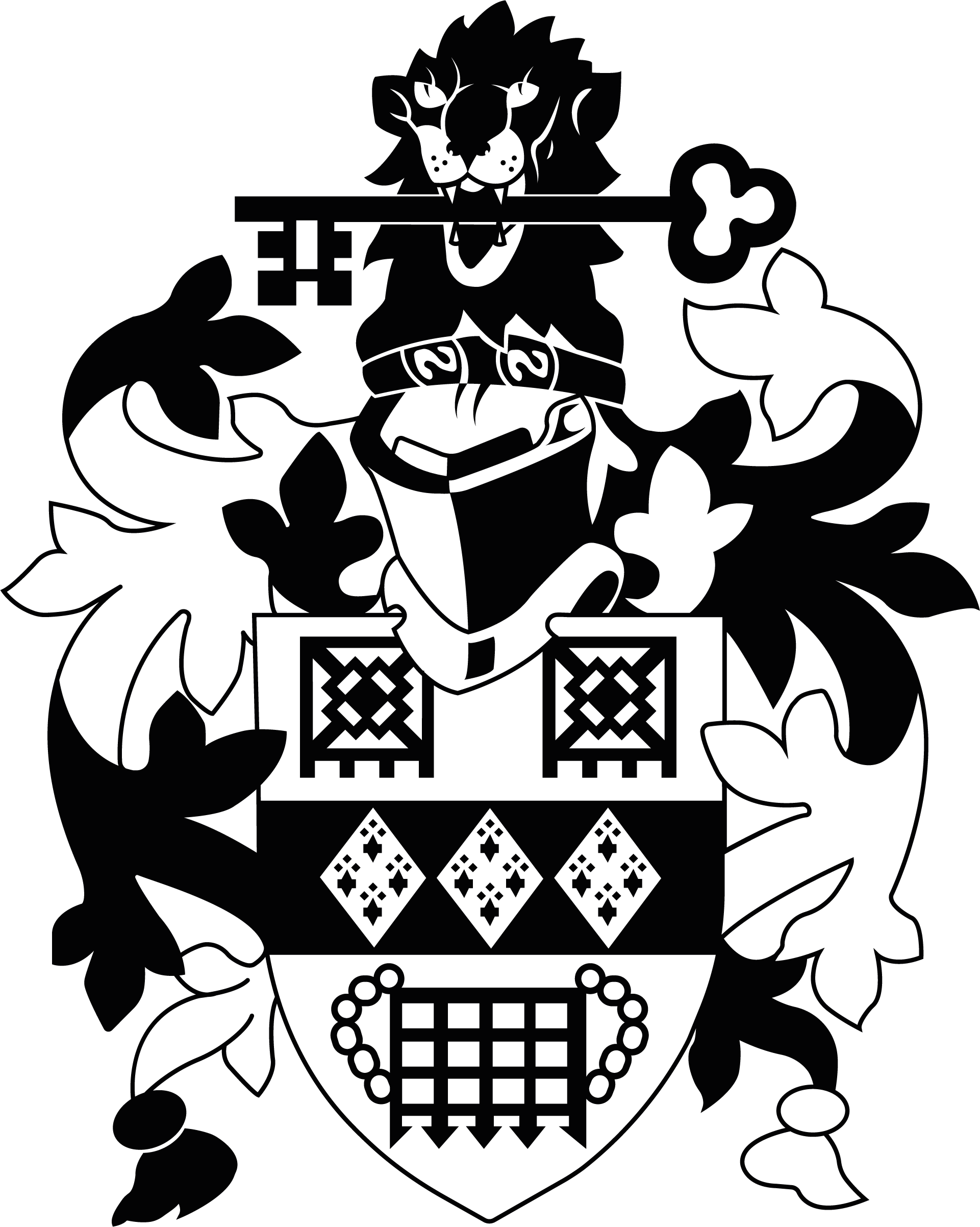Professor Charles ‘Chuck’ Friedman reflects on his career at the heart of America’s digital health systems and how technology, data and trust can help fuel discoveries and enhance care. Martin Cooper MBCS reports.
Many jobs orbit IT, and Professor Charles ‘Chuck’ Friedman believes he might just have one of the most rewarding — and, more importantly, be doing it at the right time. By day, Chuck is a professor at the University of Michigan and also the director of the knowledge systems laboratory. Along with these roles, he’s also the editor of an open-source journal called Learning Health Systems.
‘I think about people who work in other fields’, he says. ‘What motivates them to get up, get on the train and work for seven or eight hours? If your job is to make people healthier, there is no higher aspiration…if your job is helping people feel healthy, you won’t have any trouble getting out of bed in the morning.’
Rewinding the clock many mornings to around 2009, Chuck explains that he held many different academic jobs but found his way into the US Federal Government and the Office of the National Coordinator for Health IT. There, he became the department’s deputy director and eventually its chief scientific officer.
Looking back
‘That experience in the federal government brought a lot to me’, he says. ‘And I hope I brought a lot to it. It brought me into contact with the idea of learning health systems.’
In these days of huge cloud based databases, it’s easy and wrong to imagine a learning health system as a grand scale, centralised information system. The name conjures ideas of a digital repository where a lake of public health data is held so it can be learned from with algorithms and possibly even AI.
‘Maybe that was the early view’, Chuck says. ‘But it’s not centralised. In my opinion, a learning health system can’t be formed by a chief executive of a health delivery network — something very large and complex — saying “we’re going to make a system and tomorrow we’re going to do everything differently”. It can’t work that way.’
The idea of a learning organisation is nothing new in business management. A learning organisation prioritises continuous learning and development at all levels. It hopes to foster a culture where employees are encouraged to acquire new knowledge, innovate and adapt to change. Such an approach enables the business to build and maintain a competitive advantage.
Key definitions
In 2007 the Institute of Medicine introduced the idea of a learning organisation within a healthcare setting. It defines a learning health system as a place where ‘science, informatics, incentives, and culture are aligned for continuous improvement and innovation, with best practices seamlessly embedded in the delivery process, [with] patients and families active participants in all elements, and new knowledge captured as an integral by-product of the delivery experience.’
The essence of that wordy description is this: a learning health system is able to learn from the business-as-usual care it delivers and the research that takes place. It can then feed that learning back into the system so improvements and further advancements can be made. The process becomes a virtuous circle.
Chuck quickly points out that this isn’t an implied criticism of current health systems: ‘No. I think it’s fair to say that health systems around the world have always been learning — they just haven’t been doing as well as they could. Rather than saying we have an “un-learning” health system — or a no learning health system — what I’m [describing] is a better working health system.’
For you
Be part of something bigger, join BCS, The Chartered Institute for IT.
Expanding and explaining, he says: ‘The idea is about marrying discovery to implementation to form a continuous cycle of learning and improvement… and I use the term marriage very intentionally to imply a socio-technical bond; what is discovered flows seamlessly into implementation and what is learned through implementation drives further discovery. Many people think having advanced information technology is the critical thing, but that’s not true. IT plays a very major role in learning systems — but a learning health system is about a culture that enables this marriage between discovery and implementation.’
Again, it’s important not to imagine a learning health system as one big system but rather as a system of systems. On a local level, a community may face a specific challenge, and health providers may act to address those challenges and learn from the process. This feedback loop can also work on a state or even a national level.
‘You can have learning health systems of different sizes’, Chuck explains. ‘But no matter the scale at which a learning health system operates, it basically has the same structure and it operates with the same mechanisms and precepts. You can do things at a higher level of scale by composing smaller networks into bigger ones. It’s an almost fractal quality.’
Facing a challenge
So, how could a learning health system help face a global health crisis like COVID-19? Picking up this question, Chuck says: ‘Modern information technology — and this infrastructure that I was talking about — has the capability to collect and analyse data, and to do so on a very large scale. If you think about the COVID-19 crisis, we had tonnes of data but it wasn't in an analysable form — at least in the US. It was fragmented among many different states, and it was very hard to put a coherent picture together. If we had a learning health system and state-level public health systems did things compatibly, then things could still be done at a state level, but the infrastructures in each of these states could compose into a larger, coherent system and national policy could be formed much more quickly.’
To help ensure a learning health system achieves its potential, there are two more key ingredients. The first is trust.
‘Trust is the glue that holds everything together’, Chuck states. ‘The learning improvement cycles are basically driven by multi-stakeholder communities. There are people in these communities, and they have to trust each other…going through the process takes time.’
Chuck explains that it’s also very important for such a system to serve all communities, including the most marginalised. Indeed, accessing digital health and social care via digital devices is often the hardest for the people who most need the service. It’s a sad facet of the digital divide: digital poverty exacerbates health poverty because people don’t have the devices, access or skills to make appointments and access healthcare.
The hope is that specific interventions will meet the needs of marginalised communities, and once those interventions happen, what is learned can be made available for the next learning cycle. Lessons and learning from the west coast could be applied on the east coast if they are connected by a trusted system and deployed correctly.
‘It’s a great time to be involved in the health field’, Chuck says. ‘40 years ago, we had primitive [technical] tools. We had great ideas but I think a lot of these great ideas didn't reach fruition because we didn't have the tools to make them work. Now the tools make a whole bunch of things possible. I remember saying: “Gee, wouldn’t it be great if we had X. Well, now we have X.” This is a wonderful time to be entering this field.’












